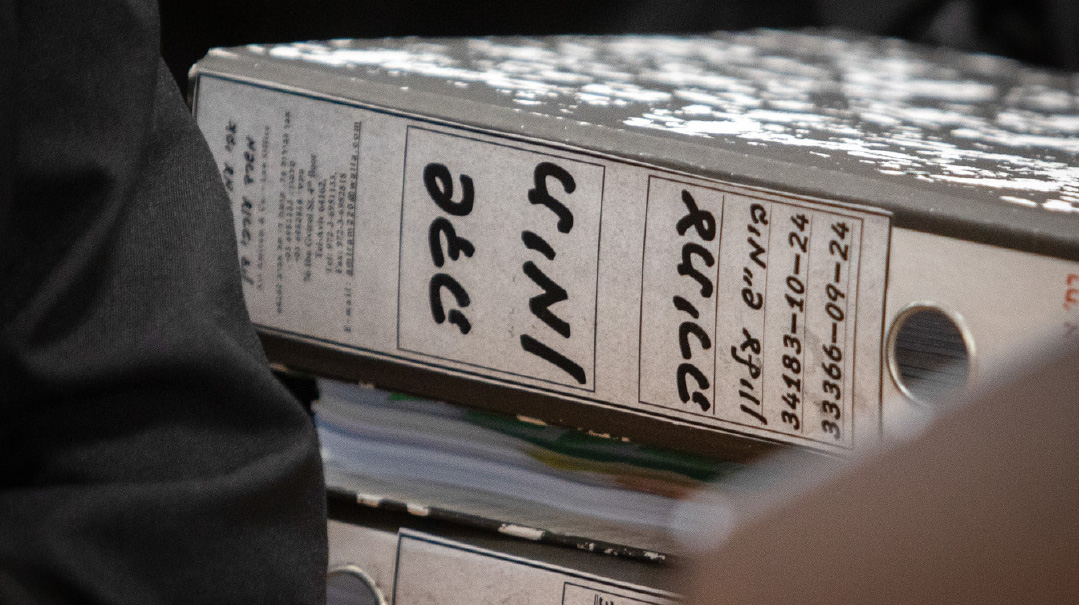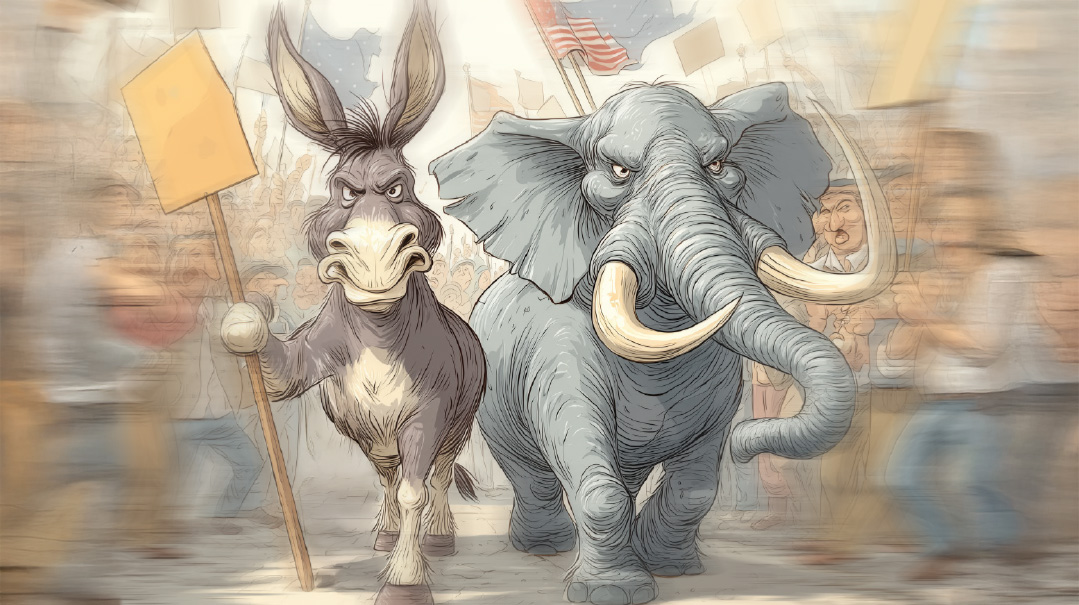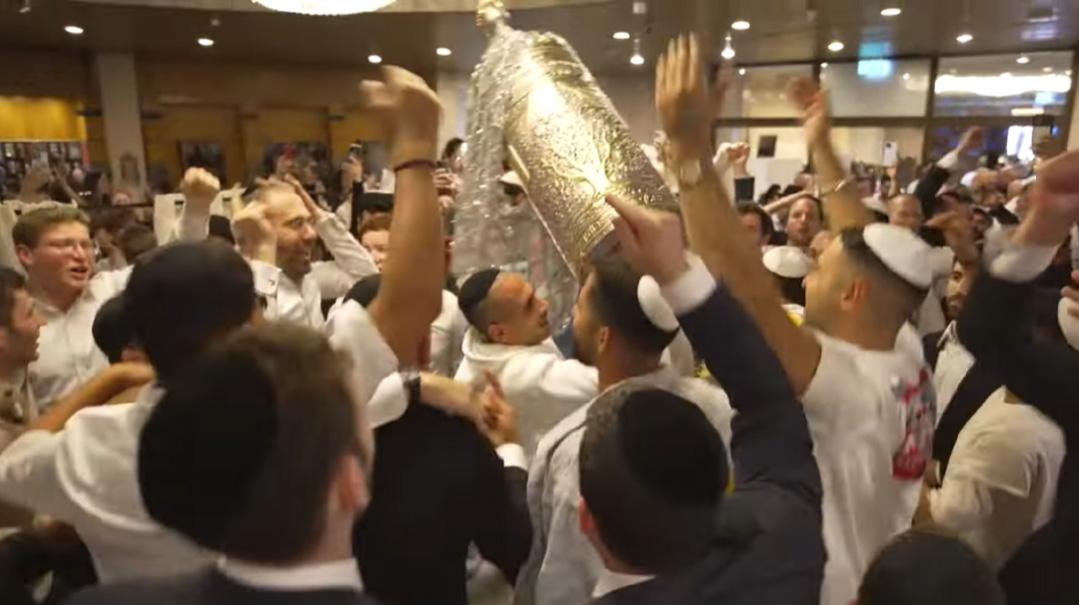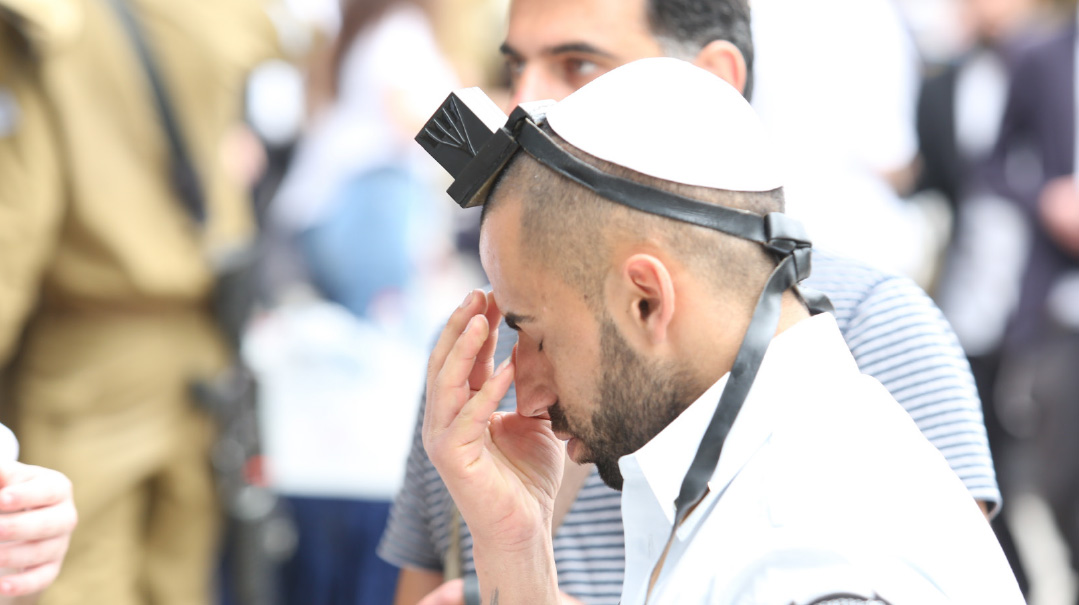Succos and Jewish Unity

The special closeness we feel to Hashem during Succos leads to greater unity among us in other ways as well
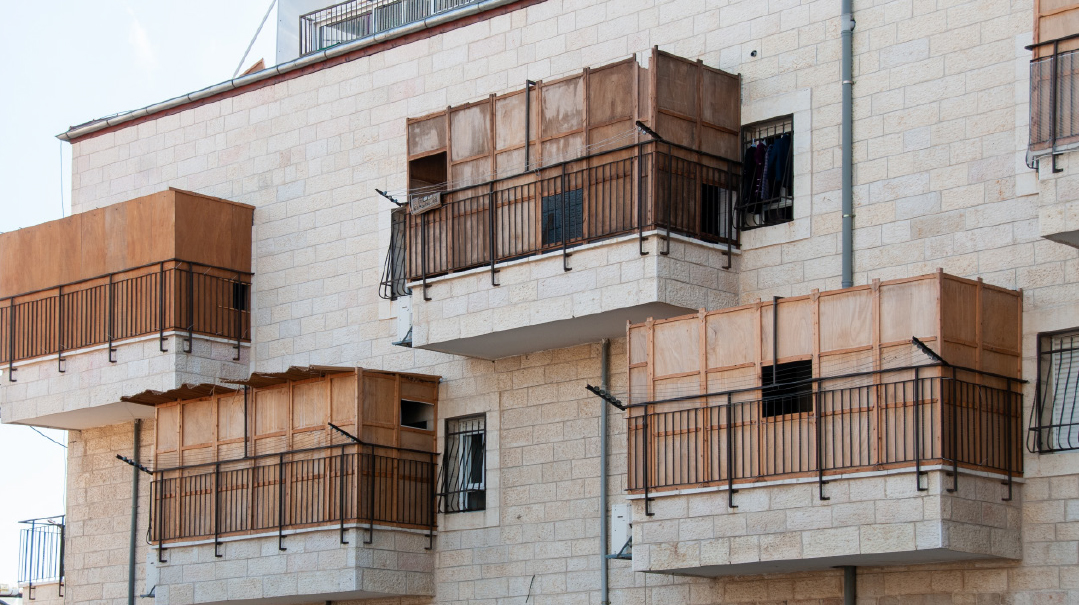
Succos is zeman simchaseinu — the time of our rejoicing. Though all the festivals are times of simchah, Succos is unique in terms of being specifically associated with rejoicing. That special quality is best understood in the context of the festival’s position as the culmination of the month of teshuvah.
There are many aspects of teshuvah, and they are captured in the different explanations of the term kapparah given by the Rishonim. The Ramban, for instance, connects the term to kofer nefesh (redemption of the soul). Rashi, on the other hand, explains it in terms of “wiping away,” as in wiping away the sin. And later in parshas Ha’azinu (Devarim 32:43), Rashi explains the term v’kiper admaso as a language of ritzui — reconciliation and placation. These multiple meanings associated with kapparah are hinted to in the term Yom Hakippurim (plural).
Each of these explanations refers to a different aspect of teshuvah, which, in turn, are an outgrowth of different impacts of sin. On one level, sin entails punishment as a consequence. The avoidance of that punishment through teshuvah is thus connected to the idea of redemption — kofer nefesh.
But in addition to the consequences of sin in terms of punishment, there is what might be termed a natural spiritual impact — i.e., that of sin upon one’s soul. It is that impact to which Rav Chaim of Volozhin refers when he describes how a person builds his unique eternal world — olamo — by his actions, either for the good or the bad.
One of the miracles of Hashem’s spiritual world is that teshuvah cannot only remove or reduce the punishment for one’s actions, but also wipe away, as it were, the spiritual impact of sin on one’s soul.
But even after the punishment has been averted, and the spiritual impact of one’s action on the soul removed, there is a third aspect of repair that must take place — removing the distance between the person and Hashem created by the former’s sin.
Thus, the Mabit, in his Beis Elokim, defines teshuvah as drawing close to Hashem after the distance created by the sin. It is returning to Hashem. That drawing close is alluded to in the phrase, “lifnei Hashem tit’haru — before Hashem you will be purified.”
THE PROCESS of drawing close to Hashem after the separation created by the cheit is most associated with Succos. The Gemara records a machlokes between Rabi Akiva and Rabi Eliezer as to whether the succahs in which we dwell for the chag recall the huts in which we dwelt in the desert, or whether they recall the Ananei Hakavod — the Clouds of Glory — which accompanied Bnei Yisrael through the desert.
The Vilna Gaon famously explains that the Clouds of Glory mentioned by Rabi Eliezer do not refer to Clouds of Glory that accompanied Bnei Yisrael from the time that they left Mitzrayim, but rather to the Clouds of Glory that returned on the 15th of Tishrei, after the Sin of the Golden Calf.
That was the day that construction began on the Mishkan — the place in which Hashem’s presence dwelt among Bnei Yisrael. And the Clouds of Glory themselves, as it were, again placed all of Bnei Yisrael in a protective bubble.
The minimum dimensions of the succah — two perpendicular walls of seven tefachim and a third wall of a tefach — are hinted to, according to the Arizal, in the verse from Shir Hashirim (8:3): “His left hand [the tefach] cradles my head and his right hand [the two perpendicular walls] embraces me.” In other words, Hashem, as it were, cradles our heads in the succah as one might cradle the head of one’s beloved. The left hand represents the attribute of judgment of Rosh Hashanah and Yom Kippur; the right hand represents the attribute of love and mercy with which Hashem embraces us.
Succos emphasizes our spiritual nature, and that, too, facilitates the connection to Hashem, Who is only spirit. That spiritual side is not brought out in a moment of exaltation, as during Ne’ilah of Yom Kippur, after a day of fasting and removal from the physical world. Rather, the spiritual side is domesticated. Even our eating and drinking and sleeping in the succah is a mitzvah.
Rav Dessler in a famous maamar on Succos emphasizes this aspect of the chag. Our entry into the succah, he writes, quoting the Midrash, is a form of mini-exile: Perhaps the Jewish People were judged for exile on Yom Kippur, chas v’shalom, but that judgment is mitigated by our “exile” from our homes into the succah.
How does that work? Our long galus, we know, was caused by sinas chinam. Whence does that causeless hatred emanate? From our over-involvement in the physical world, which is inherently limited and thus gives rise to competition between people over slices of a finite pie and jealousy of those who appear to have received a larger piece.
When we leave the solidity of our homes for the temporary dwelling of the succah, we thereby forgo our reliance on our physical surroundings and put our trust in Hashem’s protection. We thereby enter the world of the spirit, which is infinite, like its Source. And in that world, there is no place for the competition that divides people from one another.
THE SPECIAL CLOSENESS we feel to Hashem during Succos leads to greater unity among us in other ways as well. The closer we feel to Hashem, the more we are aware of our relationship to Him as one of Father and child. The difference between ovdei Hashem and banim l’Hashem, the Ramchal explains in Mesillas Yesharim, is that a faithful servant seeks to fulfill the commandments of his master. A son, however, seeks to fulfill not just his father’s commands, but the deeper ratzon of his father that underlies those commands.
Nothing, in my experience, brings more pleasure to a parent than when his or her children are close to one another, and truly form a unit, distinct from the rest of the world. For that closeness to one another reflects their shared closeness to their parents and identification with them.
But there is no need to draw on personal experience to prove how crucial Jewish unity is to Hashem. Absolute unity — “as one man, with one heart” — was the necessary precondition for our receiving the most precious gift ever given to mankind, the one upon which all of Creation hinged: the Torah itself.
Tanna d’Bei Eliyahu relates that the Jews in Mitzrayim made a covenant to always do chesed one for the other. That, in turn, was the prelude for all the miracles of our Exodus.
Today we are witnessing an unprecedented desire on the part of Jews everywhere to feel fully part of the Jewish People. In many cases, that desire was triggered davka by the naked hatred directed at us on Simchas Torah and since.
Last Simchas Torah followed the most contentious period in Israel’s history — months of seemingly endless demonstrations and marches. And when tragedy hit, many reached the same conclusion as Shelly Shem-Tov, the mother of hostage Omer Shem-Tov: “We are all brothers! Brothers! Unite. My Omer was not kidnapped stam, but because for an entire year, we have been warring with one another. Enough! Enough!”
Without the tragedy of Simchas Torah, the six shabbatons run by Kesher Yehudi for hostage families and survivors of the Nova Festival — three each — would simply have been unimaginable. But after that tragedy, the desire on all sides to find one another and share our joy in being Jewish together was overwhelming.
War has always brought out the best in Israeli Jews, and the present yearlong war has been no exception. Perhaps in fulfillment of that ancient covenant from our bondage in Egypt, Jews have sought ways of supporting one another: picking and selling produce that would have rotted from the kibbutzim and moshavim on the Gaza border; taking care of children; doing laundry; providing entertainment for the families uprooted from their homes; cooking special meals for the soldiers and then driving them still hot to the southern and northern borders; offering emotional support for bereaved spouses, parents, and children — I believe over 20 babies have been born to women whose husbands were killed in the fighting — to those traumatized by being uprooted from their homes, to wounded soldiers facing long rehabilitation and many of whom will never be whole again.
Jews from abroad have gotten into the act in a big way as well. Not only coming on solidarity missions to encourage those hardest hit by the events of the last year, but providing millions of dollars of equipment and supplies for soldiers.
ALL THE MANIFOLD acts of chesed reflect a sense of being part of one people with mutual responsibilities to one another. But we are a people with enemies as well, and they have been unabashedly expressing their hatred for the Jewish People the past year, both in its collective manifestation as the State of Israel and as individual members of that people.
The clear intent of campus demonstrators against Israel has been to make Jewish students ashamed of being Jewish. That is why the demonstrators’ condemnations have not been confined to Israel or Zionism, but to Jews everywhere.
In some cases that has worked and caused Jewish students to hide their identity. But in many more instances, the hatred has had the opposite effect. It has awakened the feeling among Jews of being part of a people and left them determined to assert their identity as such.
For many years, I used to give a speech on college campuses entitled “Anti-Semitism — An Optimist’s View,” in which I argued that two of the greatest miracles in history are intertwined: the ever-changing but never disappearing hatred of the Jews, and the survival of the Jewish People. The most enduringly despised people is at the same time the one people today that can trace itself back to its ancestors over the millennia, with its basic form intact. Both the hatred and our survival are manifestations of our chosenness.
That speech has now found its audience, as expressed in a renewed interest in how to be a Jew, how to perform the mitzvos that have always distinguished us from the nations and been the source of our distinctive identity. In Israel, that was reflected in the tens of thousands of pairs of tzitzis and the over 8,000 pairs of tefillin requested by soldiers on the front lines. Ha’aretz (the voice of the Israeli left) is publishing articles filled with dark foreboding about a surge in religious observance. And in America, campus kiruv professionals report an unprecedented interest in the how-to’s of Torah observance.
Without a strong sense of Jewish peoplehood, the unity, which is our ultimate goal, can never develop. In the current moment of opportunity, when the yearnings for connection are so widespread, the obligation falls on every Torah-observant Jew to respond. In that regard, the remark quoted last week of an NYU college student who was amazed at the way everyone he met in the Passaic community greeted him as a long-lost relative is key. In every encounter with a not-yet-observant Jew, we have to convey the message that we are brothers and therefore excited to meet you.
One of the barriers holding back many Jews from exploring Torah more fully is simple embarrassment — often an inability to read Hebrew, much less understand it, a lack of familiarity with the foundational texts, and ignorance of the basics of Torah observance. No one wants to feel like an ignoramus, especially if he is successful and admired in other aspects of his life. Nearly 50 years later, I can still remember the late Rabbi Yosef Deitcher, who had invited me for a Shabbos meal, running after me to place the suit jacket I was carrying on a muggy Chicago summer day over my shoulders, and leaving it to his nine-year-old son to explain why.
The more we convey to a nonobservant Jew whom we are guiding that the heritage belongs equally to both of us and that we are eager to share it with him or her because we our brothers, the easier for them to overcome any embarrassment they are feeling.
May the closeness to HaKadosh Baruch Hu that is the hallmark of Succos inspire us in turn to a feeling of closeness to every other Jew and a desire to convey to them that feeling of being brothers.
Chag sameiach.
(Originally featured in Mishpacha, Issue 1033. Yonoson Rosenblum may be contacted directly at rosenblum@mishpacha.com)
Oops! We could not locate your form.


